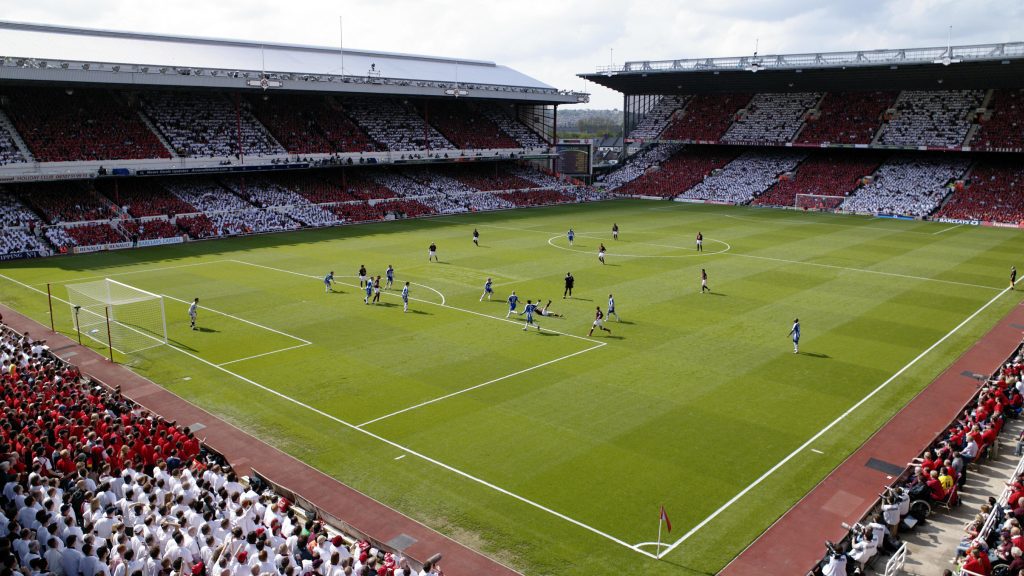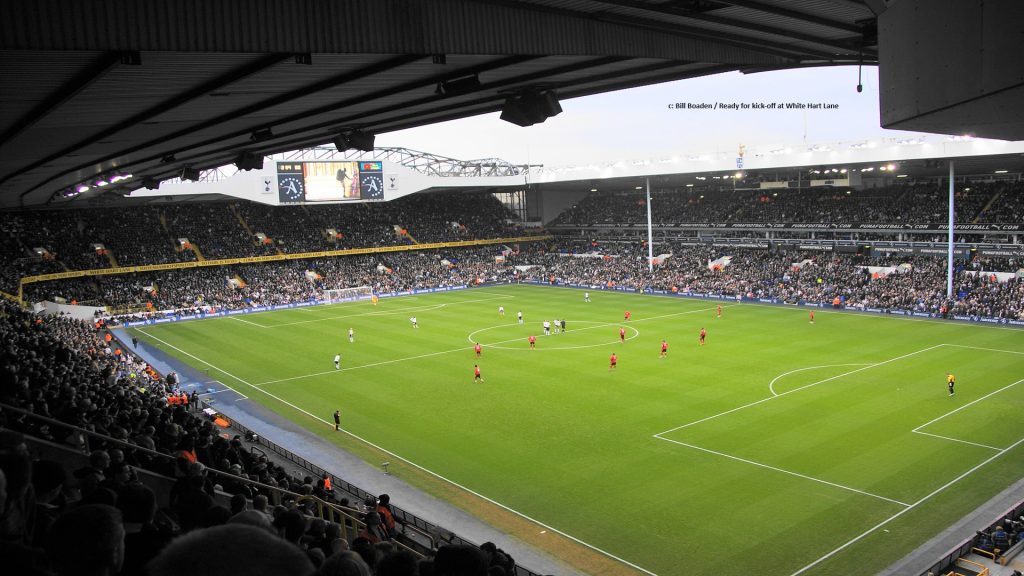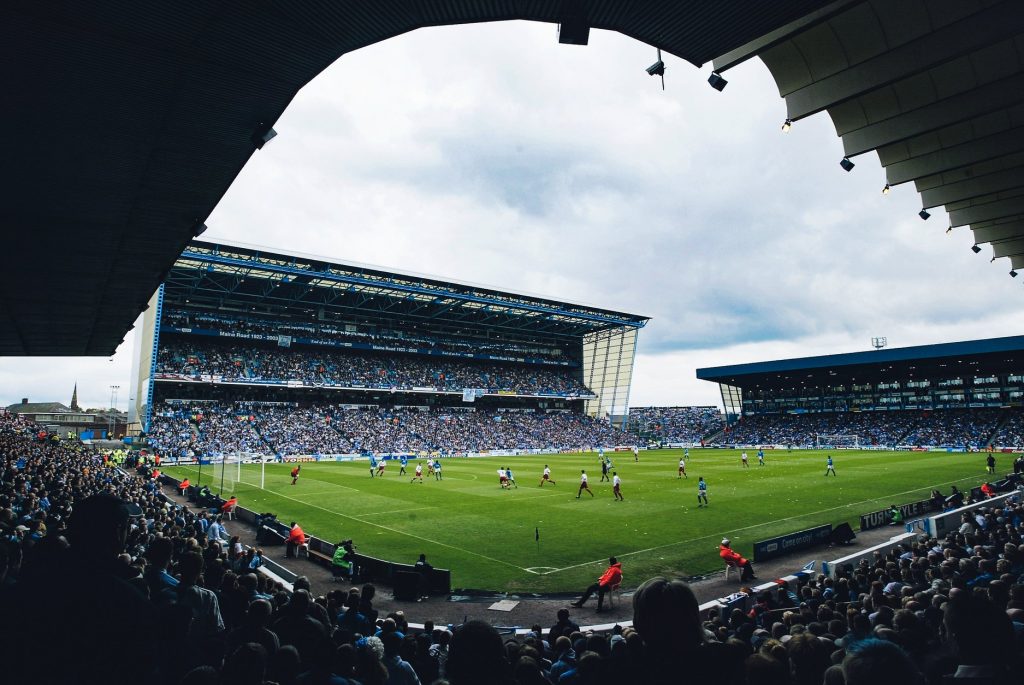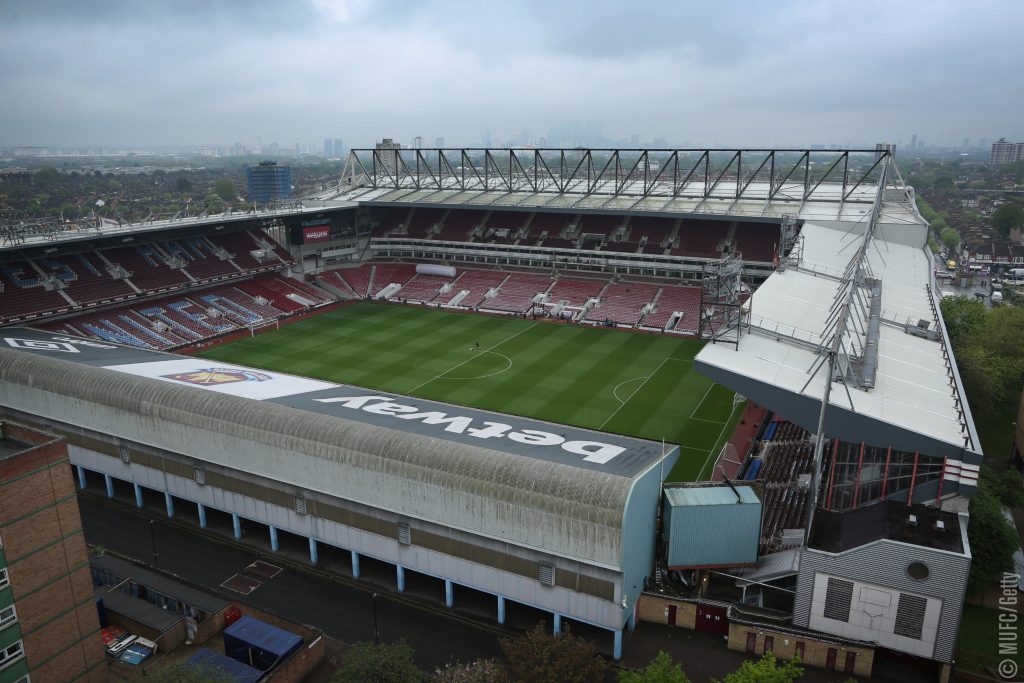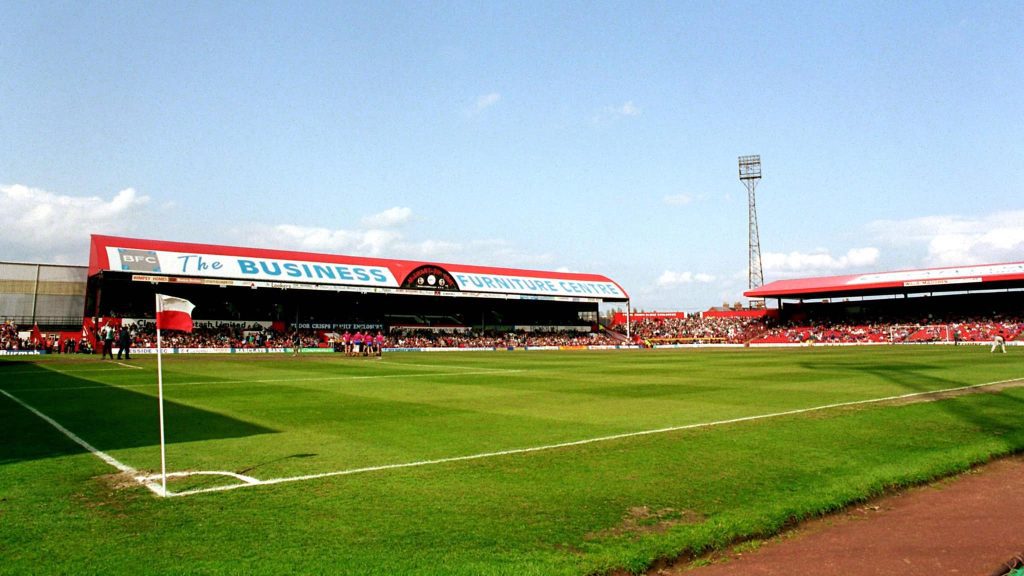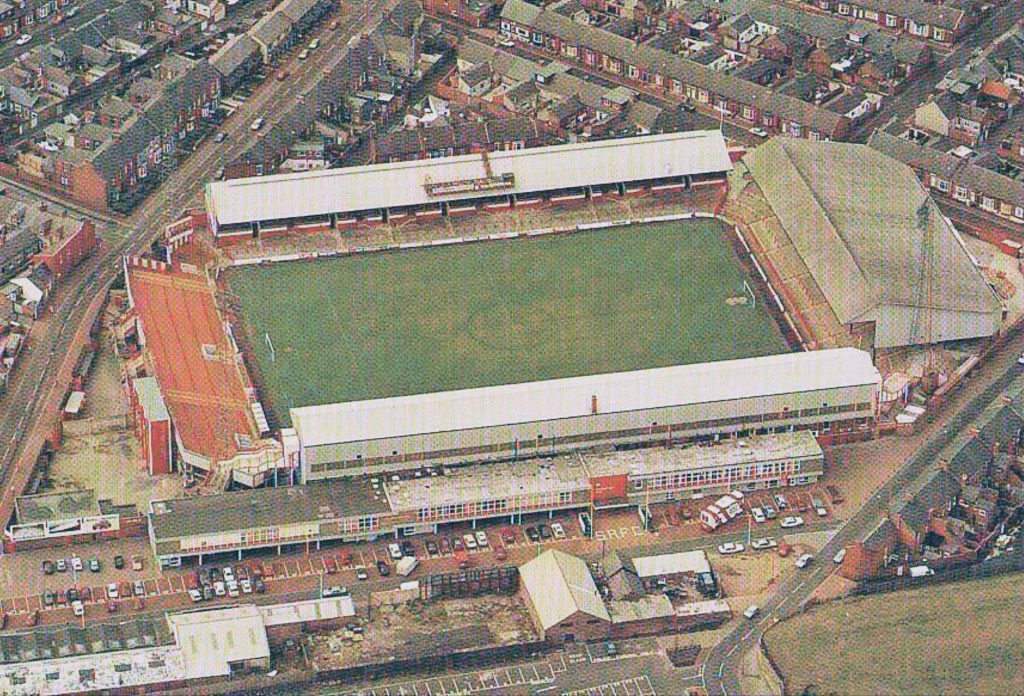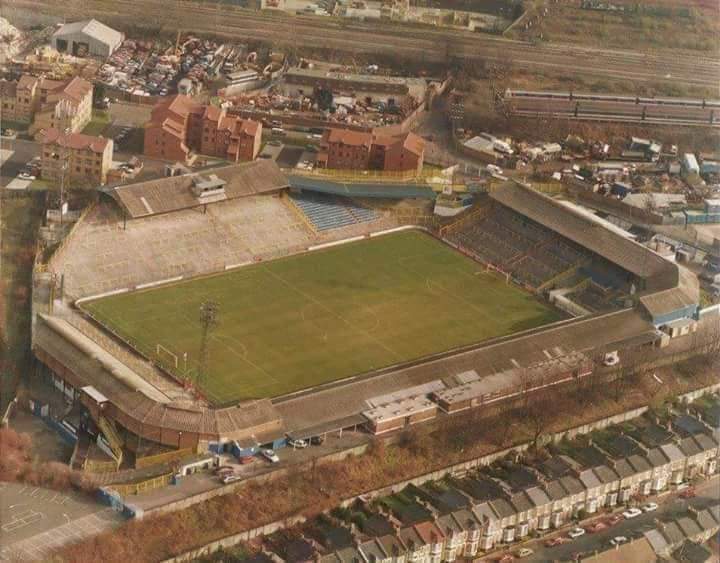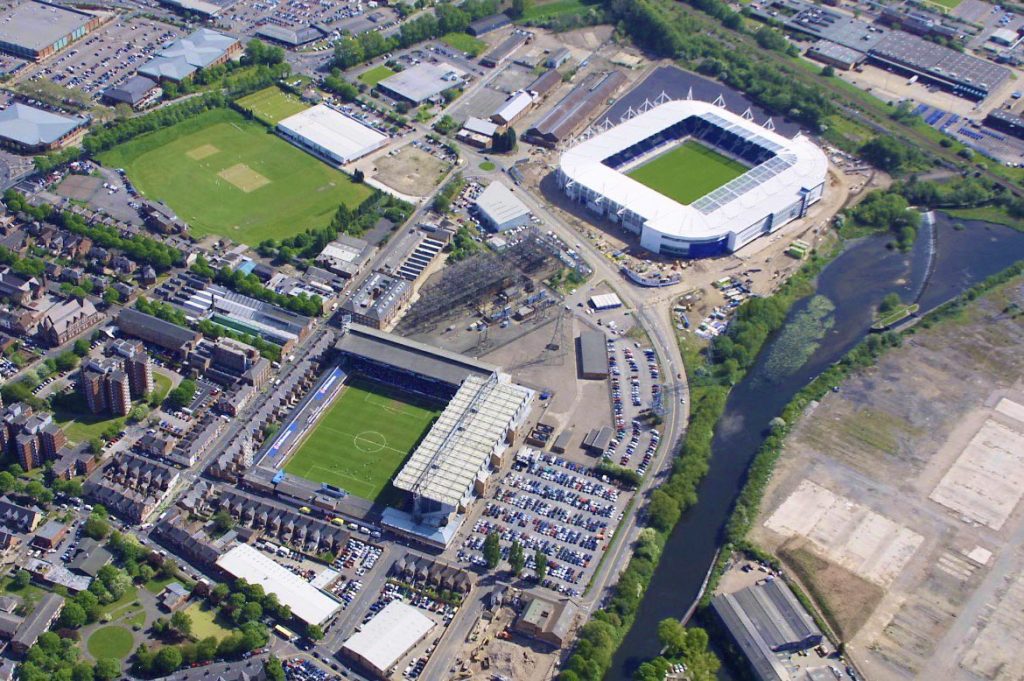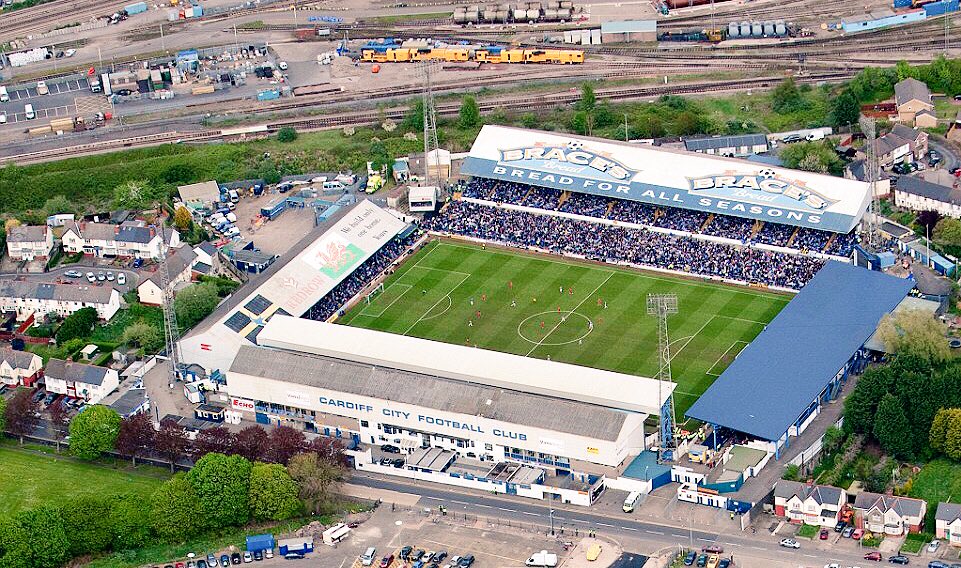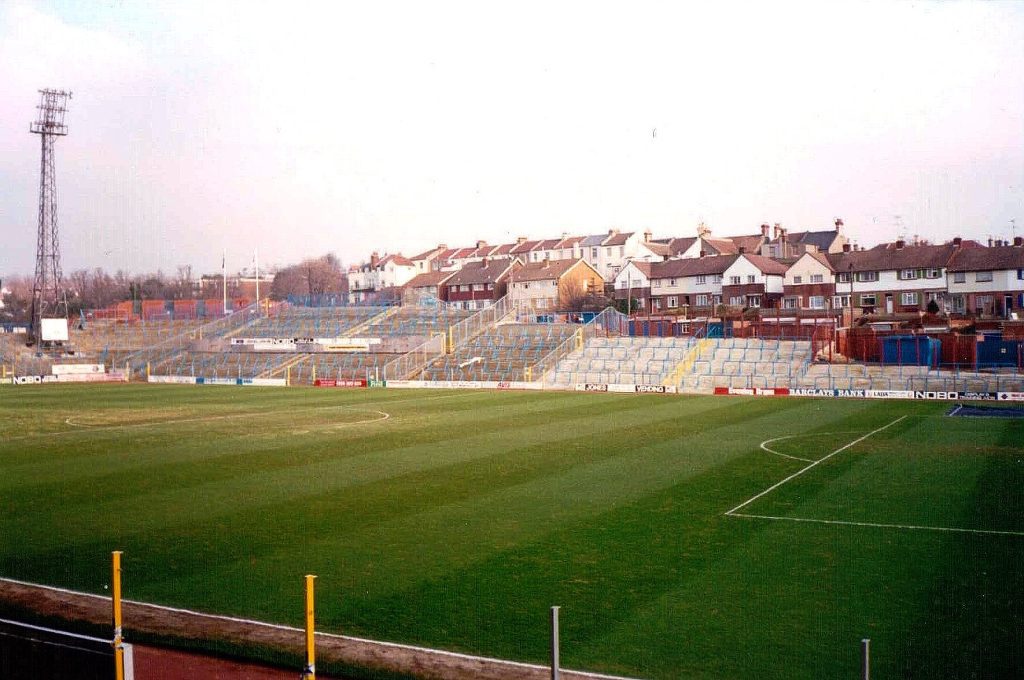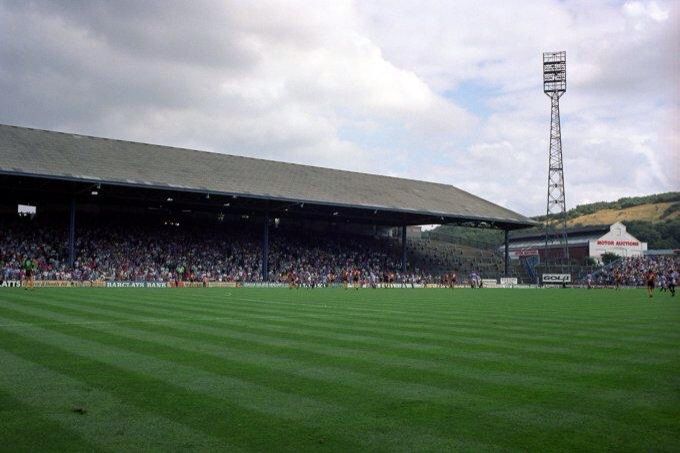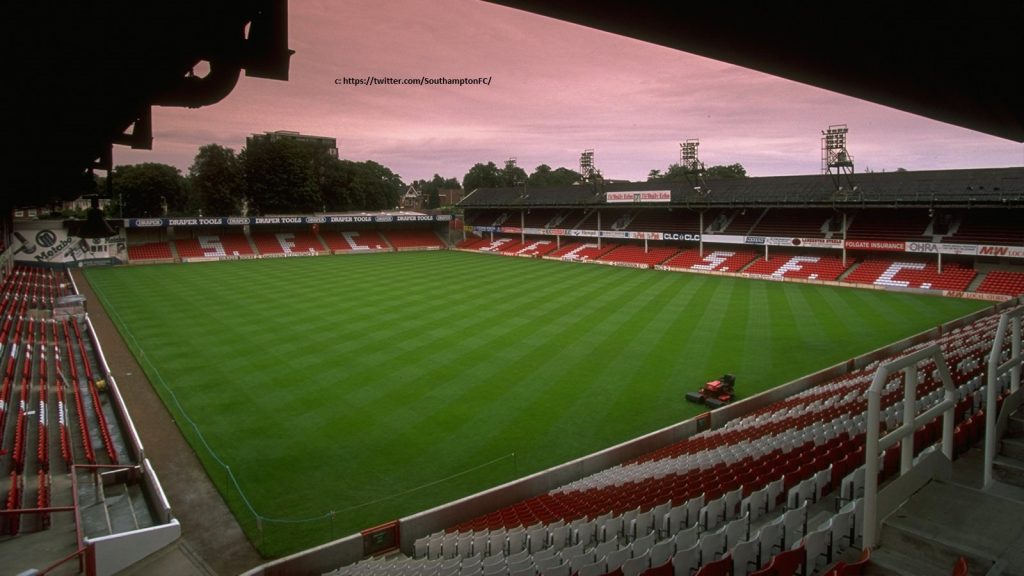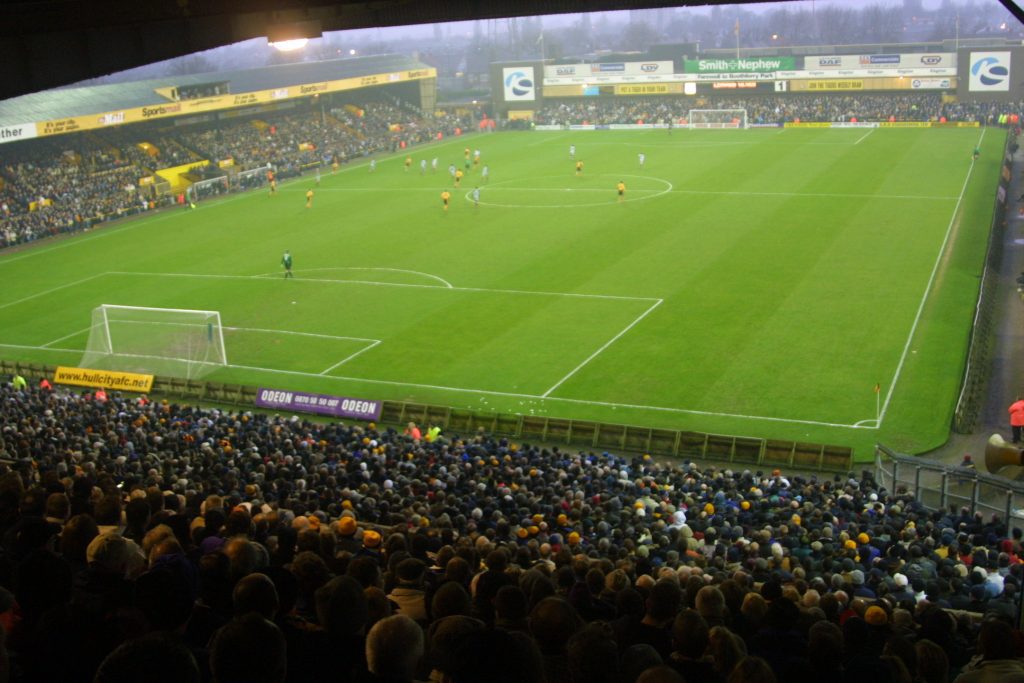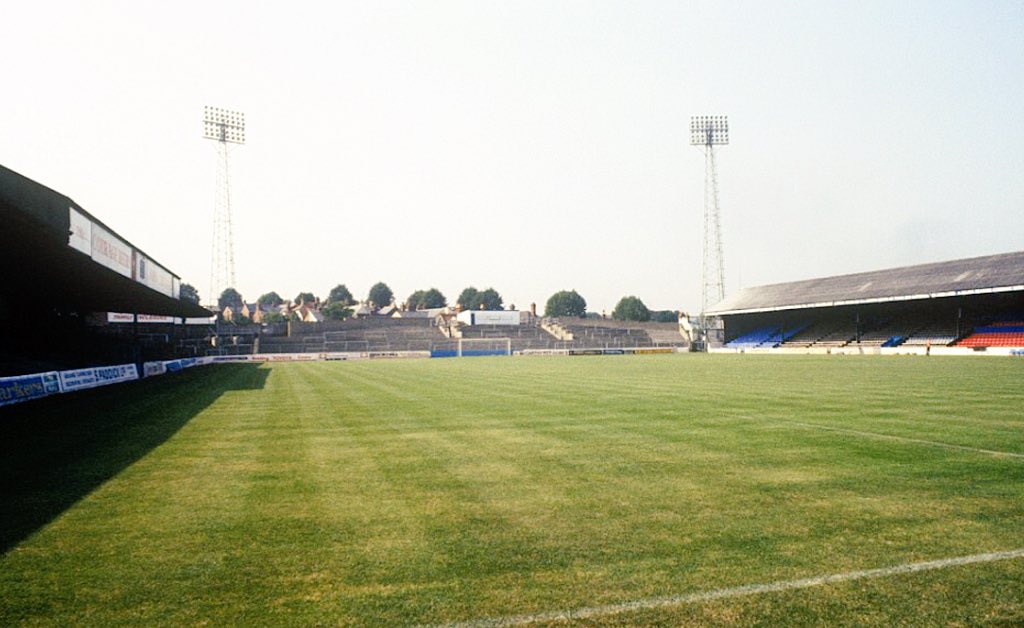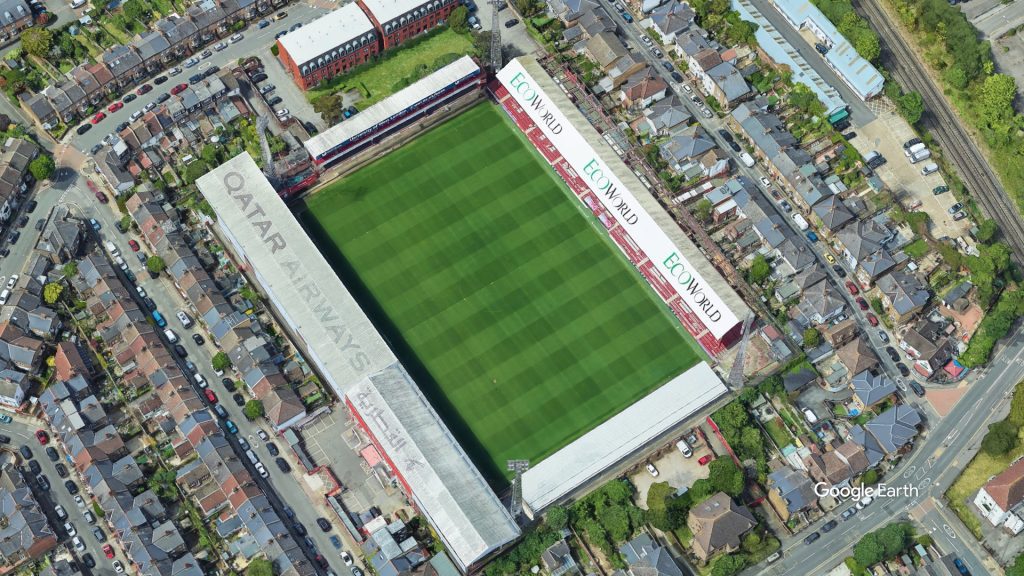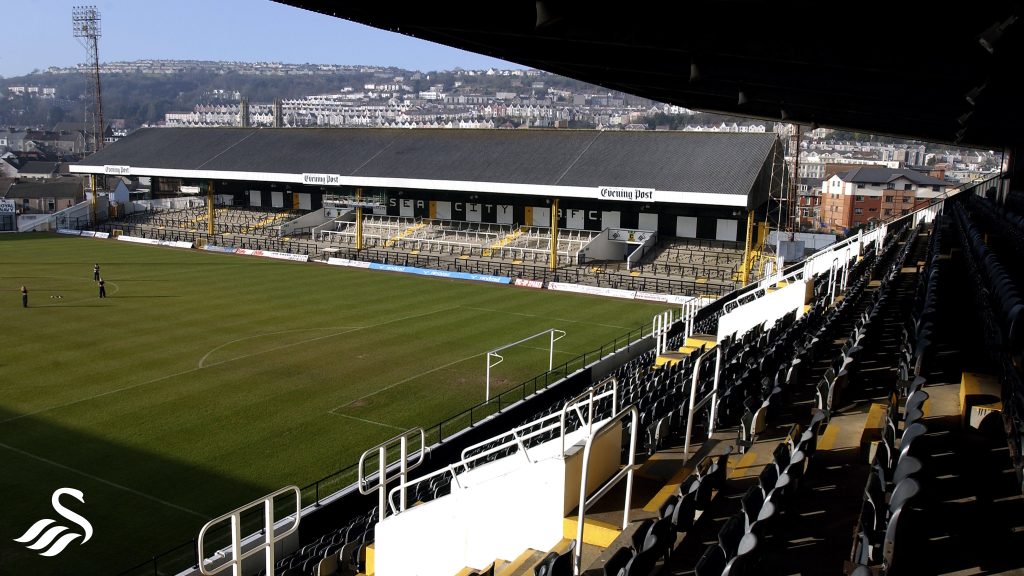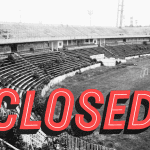In the world of English football, stadiums hold a special place in the hearts of fans, serving as hallowed grounds where memories are made and rivalries run deep.
Yet, amidst the ever-evolving landscape of modern sports infrastructure, many historic stadiums have met their demise over time. From iconic arenas that witnessed legendary matches to humble grounds that were once packed with passionate supporters, the stories of demolished English football stadiums offer a poignant glimpse into the rich tapestry of the beautiful game’s history.
Below we will have a look at the 21 biggest English football stadiums that do not exist any more.
Highbury – Arsenal FC
The Highbury was the home of Arsenal from 1913 until 2006. At closure, it had a capacity of 38,400.
As of 2010, Arsenal Stadium was redeveloped and converted into flats.
White Hart Lane – Tottenham Hotspur FC
White Hart Lane was the home of Tottenham Hotspur from 1899 to 2017.
Its capacity at that time was 36,000.
The stadium was fully demolished in 2017 and the new Tottenham Stadium was built on a site north of the existing stadium
Maine Road – Manchester City FC
Maine Road was home to Manchester City from 1923 to 2003.
At the time of its closure in 2003, the stadium had a capacity of 35,150.
Upton Park – West Ham United
The Boleyn Ground, often referred to as Upton Park was the home of West Ham United from 1904 to 2016.
The seating capacity of the ground at closure was 35,000.
The stadium is now converted into flats.
Ayresome Park – Middlesbrough FC
Ayresome Park was the home of Middlesbrough F.C. from its construction in 1904 until the Riverside Stadium opened in 1995.
The stadium hosted games for the 1966 World Cup and at closure, the capacity was around 26,000
It was demolished in 1997 and replaced with housing.
Victoria Ground – Stoke City FC
For 119 years Victoria Ground was the home of Stoke City FC
Following the demolition of Victoria Ground in June 1997, the property remained vacant for more than 20 years until a housing complex was constructed there in 2019.
Highfield Road – Coventry City FC
Highfield Road was the home ground for Coventry City FC for 106 years, from 1899 up to 2005.
Its maximum capacity was 23,500 at the time of its closure.
The site of the stadium was regenerated to provide housing.
Roker Park – Sunderland AFC
Roker Park was the home of Sunderland from 1898 to 1997.
Its final capacity was around 22,500.
Following the move of the team to the Stadium of Light, Roker Park was demolished and in its place was built a housing estate.
The Old Den – Millwall FC
The Old Den opened in 1910 and was the home of Millwall for 83 years.
When demolished in 1993, it had a capacity of around 22,000 spectators.
The site of the stadium is now occupied by housing.
Filbert Street – Leicester FC
Filbert Street was a football stadium which served as the home of Leicester City FC from 1891 until 2002.
The capacity at closure was 22,000.
Ninian Park – Cardiff F.C.
Ninian Park was the home of Cardiff City F.C. for 99 years.
Opened in 1910, at the time of its closure in 2009, it had a capacity of 21,500.
The site was converted into a residential housing estate.
Baseball Ground – Derby County
The Baseball Ground was the home of Derby County from 1895 until 1997.
It had a final capacity of 18,300 spectators.
In 2003, it was finally demolished to make way for housing.
Goldstone Ground – Brighton & Hove Albion
The Goldstone was the home ground of Brighton & Hove Albion between 1902 and 1997.
When closed it had a capacity of 18,000.
The Goldstone Ground was redeveloped as a retail park.
Leeds Road – Huddersfield Town A.F.C.
The Leeds Road was the home of Huddersfield Town from 1908 to 1994.
At that time it had a capacity of around 16,000.
The ground was demolished soon afterward and the site was redeveloped as a retail park.
Plough Lane – Wimbledon F.C.
Plough Lane was the home ground of Wimbledon Football Club from 1912 until 1991.
The stadium remained derelict for several years until it was finally demolished in 2002 and turned into housing.
The Dell – Southampton F.C.
The Dell was the home ground of Southampton F.C. between 1898 and 2001.
With a capacity of 15,200 it was one of the smallest stadiums in the history of Premier League.
The Dell was demolished in 2001 and a housing estate was later built on the site.
Boothferry Park – Hull City A.F.C.
The Boothferry Park was the home to Hull City A.F.C. from 1946 until 2002, when they moved to the KC Stadium.
The capacity at that time was around 15,000
Parts of the ground were demolished in early 2008 and the remainder in 2011.
Elm Park – Reading F.C.
The Elm Park was the home of Reading Football Club from 1896 to 1998.
When demolished in 1998 the stadium had a capacity of 14,800.
Griffin Park – Brentford F.C.
The Griffin Park was the home ground of Brentford F.C. from its opening in 1904 to August 2020. It had a capacity at around 12,500.
The demolition of the stadium started in 2021.
Vetch Field – Swansea City
The Vetch Field was the home ground of Swansea City until the club moved to the newly built Liberty Stadium in 2005.
Opened in 1912, the ground held around 12,000 at the time of its closure.
The stands of the stadium were knocked down in 2011 and thw site is now a local park.
Wembley Stadium
Lastly, we have one of the most iconic stadiums in the football history. The Wembley Stadium was built in 1923 and demolished in 2003.
The new Wembley opened in 2007 on the site of the original stadium.


